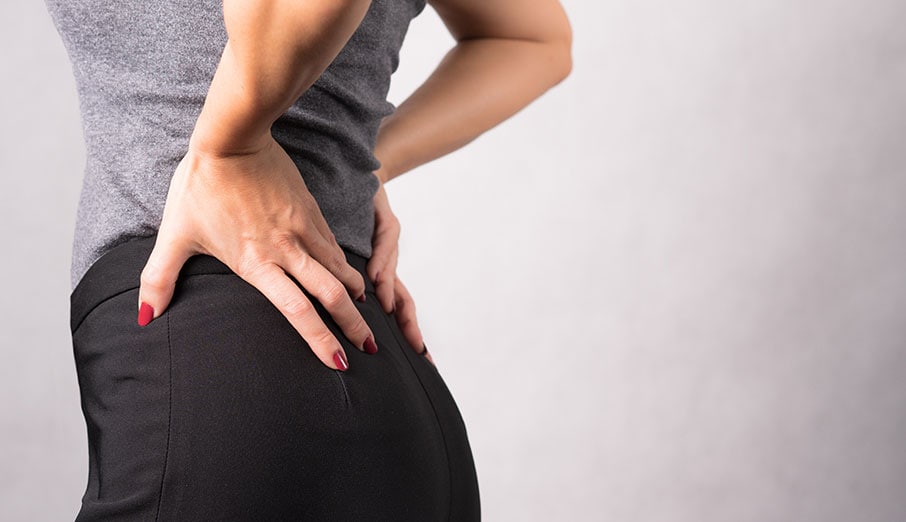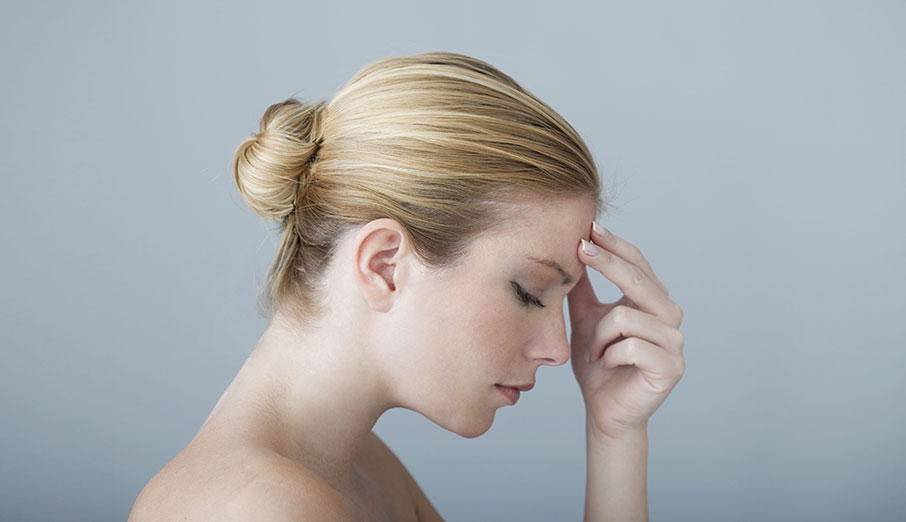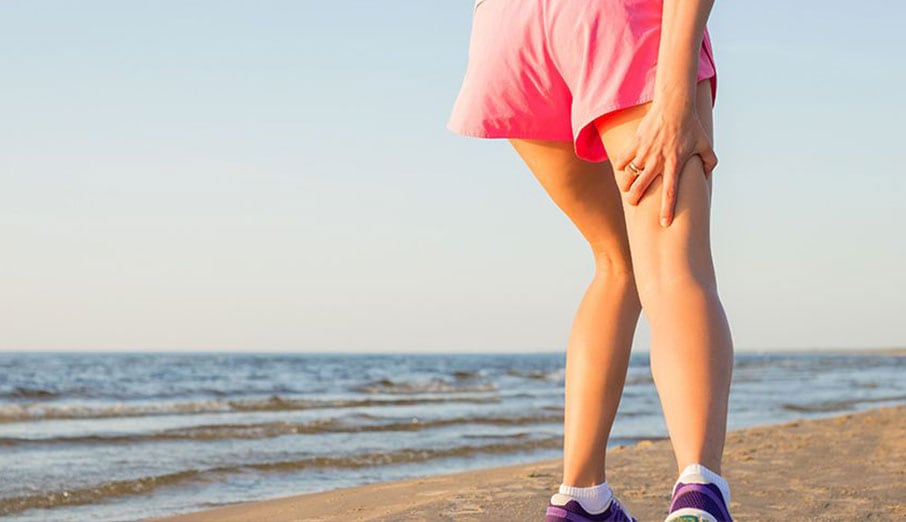Piriformis Syndrome – What a Pain in the Backside!
August 21, 2019
A fairly common cause of buttock pain is piriformis syndrome. Pain from this condition is usually felt in the buttocks on one side or both, and sometimes extends into the hamstrings.
The piriformis is a deep gluteal muscle, meaning it is one of the smaller muscles in your bottom, lying under the larger gluteus maximus, medius and minimus musclis. In some people the sciatic nerve runs through a tunnel in this muscle, while in other people the sciatic nerve runs along side the piriformis.
Like other muscles, the piriformis may become painful and tight when it is placed cumulatively under excessive load. Factors which cause the piriformis to come under too much load include participation in sports such as cycling, dancing, gymnastics and skiing. Also running (and sports involving running) can place excessive load on the piriformis, particularly if you are weak in your glute max and/or glute med.

The piriformis may also have increased tone if the sciatic nerve is irritated. The sciatic nerve may often be irritated from the lower back, and so for this reason, a lower back injury is also a common cause of piriformis syndrome.
Pain is often aggravated by prolonged sitting. This is because when you sit, the “sit bones” part of your pelvis is pressed into the piriformis muscle. Annoyingly, the better your sitting posture, the more it will irritate your piriformis!
Treatment involves a thorough assessment to determine the cause/s of the increased load on the piriformis, and tailoring treatment to address these causes, and to reduce tightness in the piriformis. This may include massage, deep tissue release, lower back or hip joint mobilisations, strengthening and stretching exercises, dry needling, taping, and potentially some alterations in your training schedule to allow the symptoms a chance to settle.
Is a pain in the buttocks affecting your training? See our physiotherapist in Aubin Grove today!
-
 What Can Make Neck Pain a Headache?
What Can Make Neck Pain a Headache?
Often people experiencing a headache are also experiencing neck pain/tightness a...
-
 How Physio Can Help Your Headaches
How Physio Can Help Your Headaches
Headaches are no fun. Some people will only experience short-term headaches ever...
-
 Muscle Strains
Muscle Strains
Winter sports are back and with them come more muscle strains, particularly hams...
